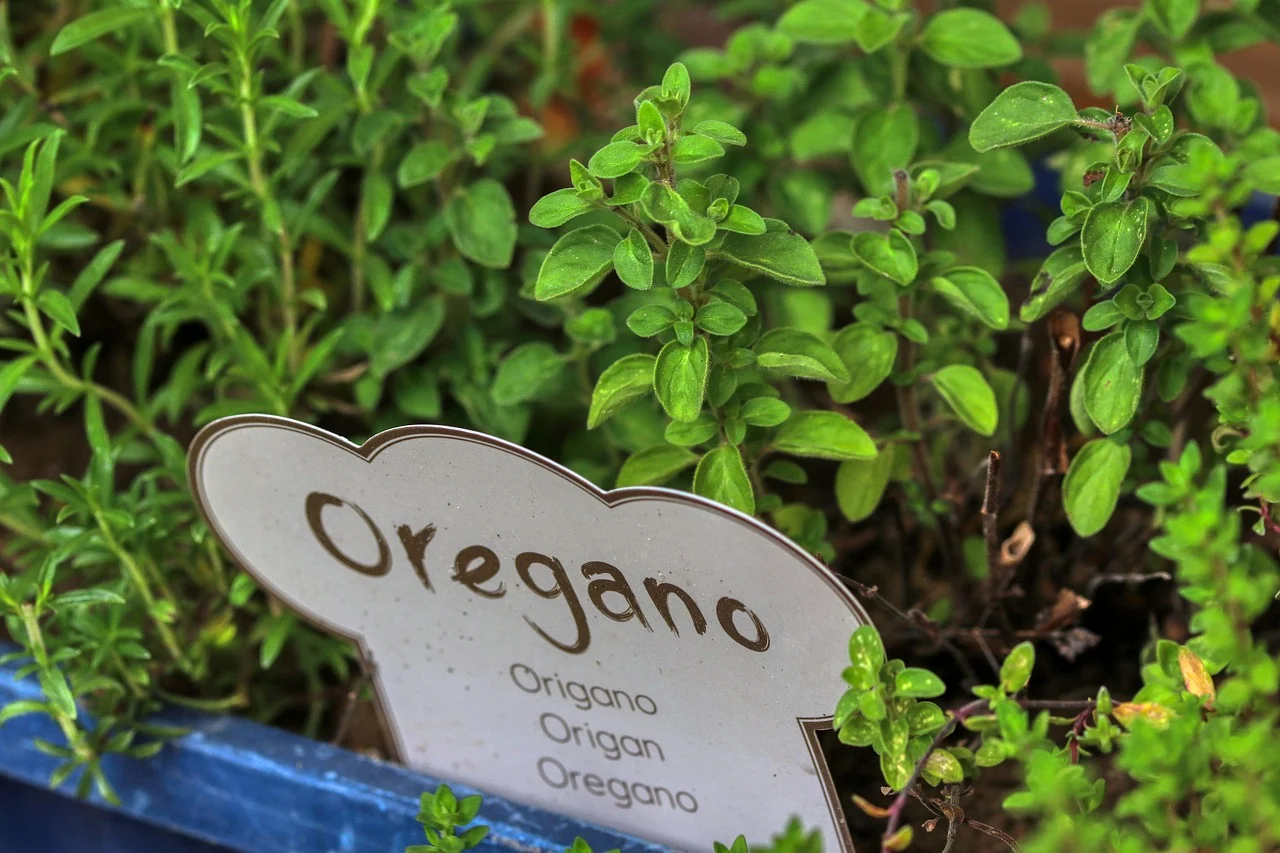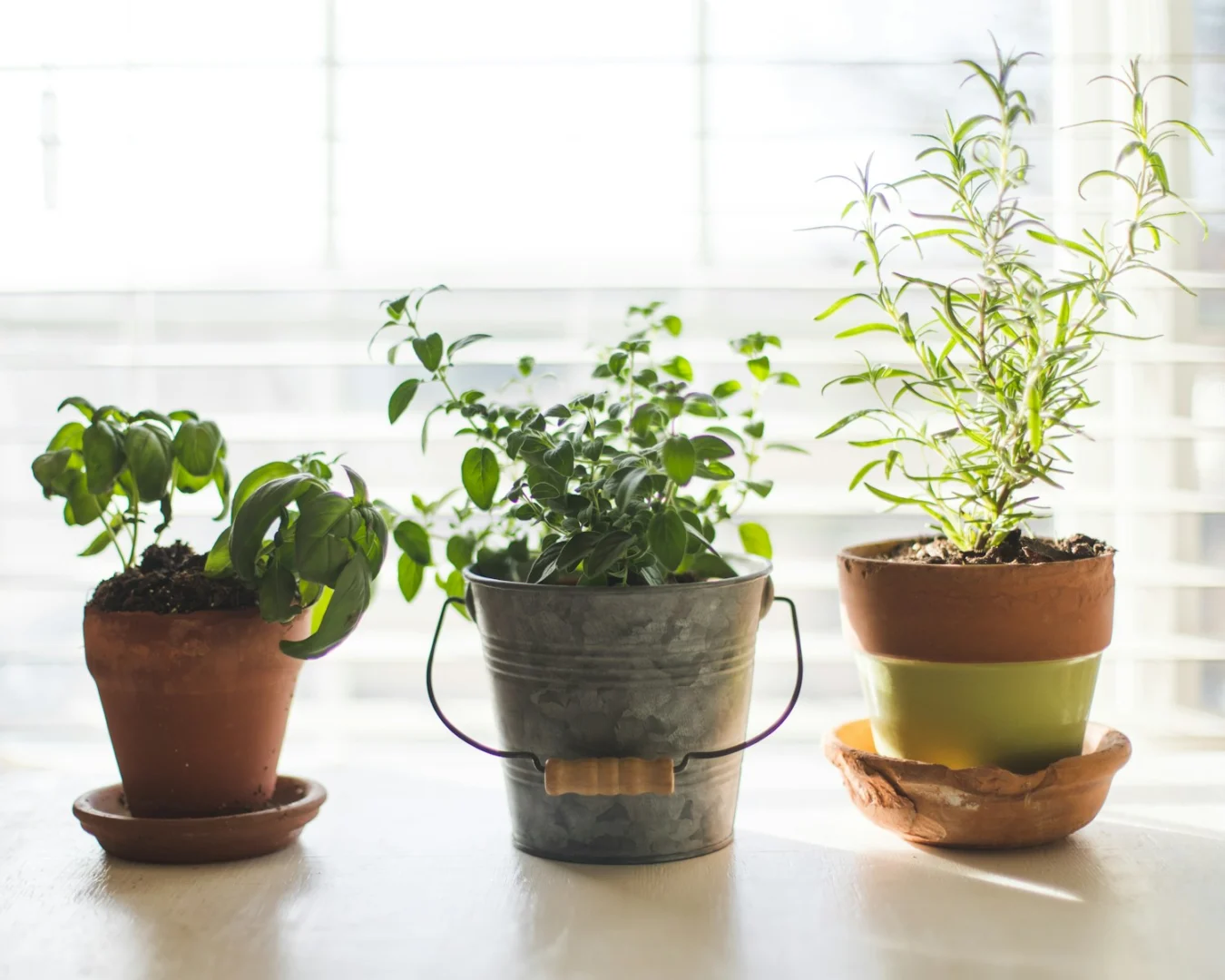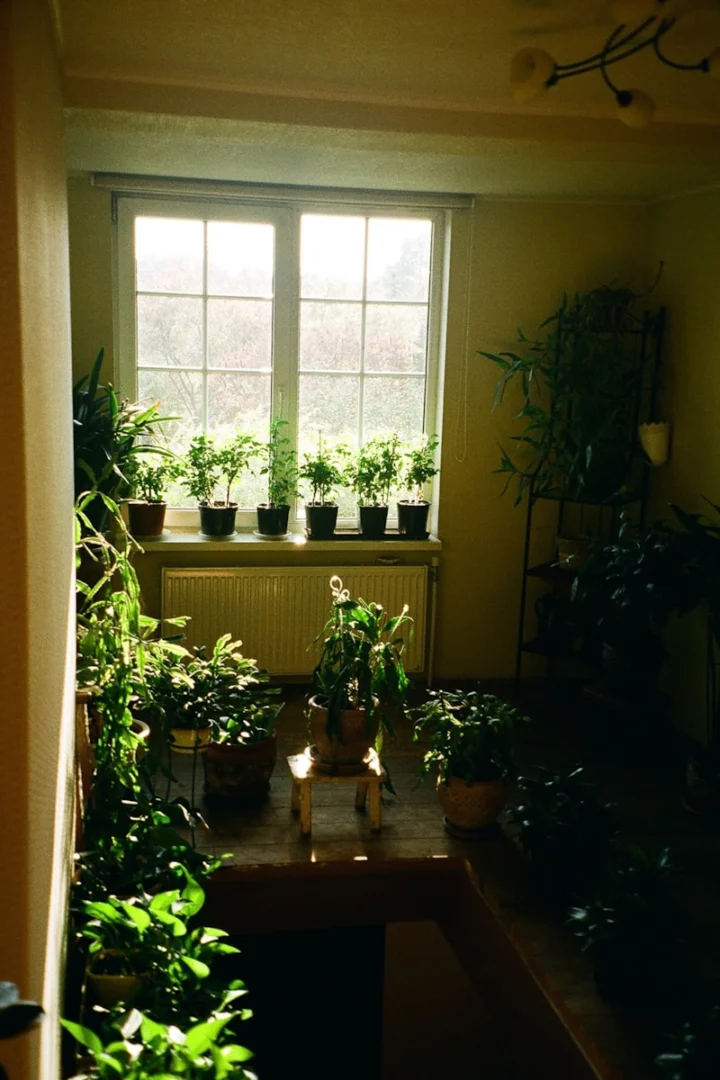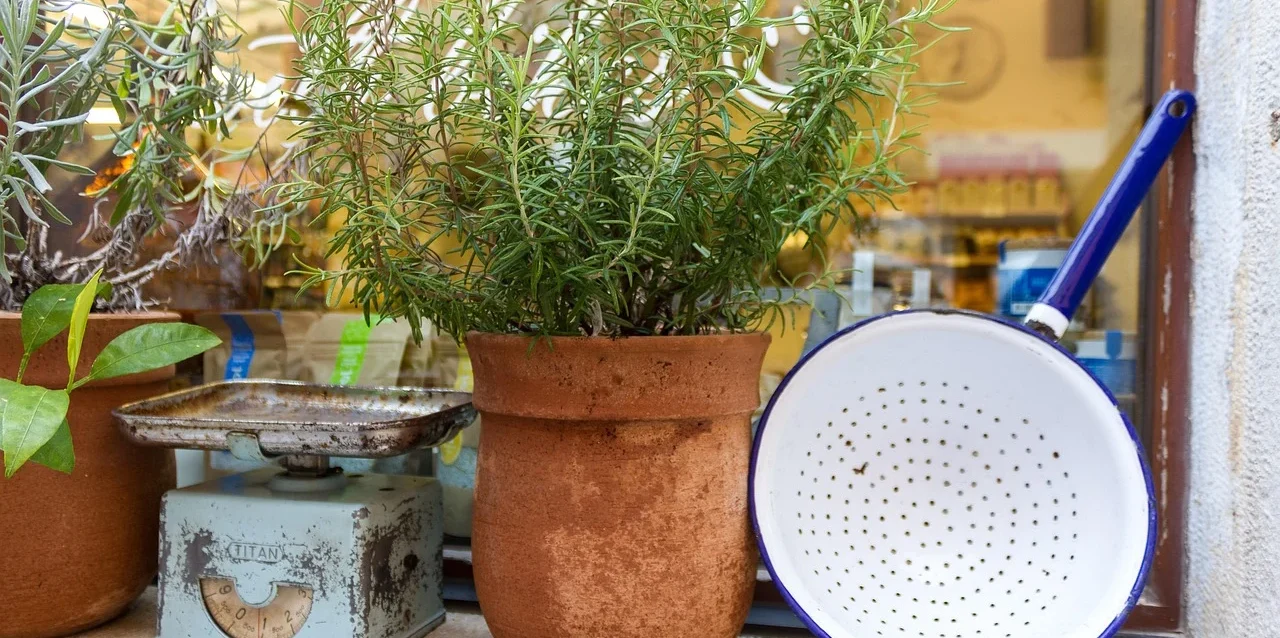This article is a sample portfolio piece created for presentation purposes. It serves exclusively to demonstrate style, structure, and editorial capabilities and may not represent a final, fully optimized, or updated version. If you are interested in professionally crafted articles, localization, or optimized content for your media or brand, contact us through the form or create an order, and we will be happy to prepare a custom solution for you.
Each of our articles is created through a combination of editorial experience, professional knowledge, and modern technologies. At the outset, we clearly define the brief – the topic, target audience, tone of communication, SEO keywords, and required length. We then conduct research using retrieval-based augmented generation (RAG) and verified sources, with AI helping us accelerate data collection, though we manually verify its accuracy. In the next step, we create a logical text structure, strategically place keywords, and adapt the language to the target audience. The finished content undergoes multi-stage linguistic, stylistic, and factual review, including SEO optimization and verification of E-E-A-T signals. When appropriate, we supplement the article with photographs, links, or graphics that enhance its attractiveness and comprehensibility. The final text combines AI assistance with human expertise and enables effective scaling while maintaining high quality.
Summary. You can create a productive mini herb garden on your kitchen windowsill with just three basics: containers with drainage holes (at least 6 inches deep), quality potting mix, and a south-facing window that gets 4-6 hours of sunlight daily. Start with beginner-friendly herbs like basil, chives, or parsley in individual pots, water only when the top inch of soil feels dry, and you’ll be harvesting fresh herbs within 2-4 weeks. The setup costs $25-40 for a DIY approach or up to $100 if you add grow lights for low-light spaces, and with seasonal care adjustments like supplementing winter light and increasing summer watering, your windowsill garden stays productive year-round.
Creating a mini herb garden on your kitchen window transforms fresh cooking from a grocery store chore into something within arm’s reach, even if you’ve never grown anything before. To create a mini herb garden on your kitchen window, you’ll need three essentials: containers with drainage holes (at least 6 inches deep), quality potting mix, and a south or southwest-facing window receiving 4–6 hours of sunlight daily. Start with beginner-friendly herbs like basil, chives, or parsley, plant them in individual pots with proper drainage, water when the top inch of soil feels dry, and begin harvesting within 2–4 weeks.
A windowsill herb garden offers year-round access to fresh flavors without the commitment of outdoor gardening space. Whether you’re working with a cramped city apartment or simply want fresh oregano for weeknight dinners, learning how to create a mini herb garden on your kitchen window opens up sustainable, budget-friendly cooking possibilities. This guide walks you through the complete process—from selecting the right location and containers to choosing beginner-friendly herbs and maintaining your garden through every season. You’ll discover space-maximizing strategies, budget-conscious alternatives, and troubleshooting solutions that existing guides overlook.
Choose Your Windowsill Location and Optimize Your Space

Assess Your Window’s Light Conditions
Before setting up your mini herb garden, understanding your window’s light conditions determines which herbs will thrive and which might struggle. South or southwest-facing windows provide the ideal 5–6 hours of direct sunlight most culinary herbs crave for robust growth and intense flavor development. East-facing windows work wonderfully for shade-tolerant herbs like mint, parsley, and cilantro, offering gentle morning light without the harsh afternoon intensity that can stress delicate leaves.
If you’re working with north-facing windows or limited natural light, don’t give up—LED grow lights mounted under cabinets provide 14 hours of daily supplemental light that mimics sunlight and keeps herbs productive even in darker spaces. Temperature matters just as much as light, so position your herbs away from radiators and cold drafts that create stress. Most herbs prefer consistent temperatures between 60–70°F, which happens to be comfortable room temperature for most homes.
Measuring Your Available Windowsill Space
Understanding your windowsill dimensions helps you plan a realistic herb garden that fits your space without overcrowding plants or creating care headaches. Standard windowsills typically measure 4–8 inches deep and vary widely in width, so grab a measuring tape and record your actual dimensions before shopping for containers. A typical 24-inch windowsill comfortably accommodates 3–4 herbs in 4-inch pots with enough space for air circulation that prevents fungal issues.
When you’re working with limited space, vertical solutions open up entirely new growing areas—tiered plant stands, wall-mounted shelves positioned above the window, or hanging planters utilize vertical space without crowding your windowsill. Create strategic rotation zones by placing taller herbs like basil and dill on the outer edges where they won’t shade smaller plants, while positioning compact herbs like thyme and oregano in the center where they’ll receive even light distribution throughout the day.
Pro tip for maximizing small spaces: If your windowsill measures less than 6 inches deep, consider installing a narrow floating shelf just below or above the window to expand your growing area. You can also use tiered corner shelves that fit into window frames, effectively doubling or tripling your herb capacity without any permanent installation. Rotating your herbs 180 degrees every few days prevents them from leaning dramatically toward the light and keeps growth compact and manageable.
Gather Your Supplies and Set Up Containers
Essential Materials for Your Mini Herb Garden
Getting your supplies right from the start prevents common failures and sets you up for immediate success with your windowsill herb garden. Choose containers with drainage holes as your top priority—pots measuring at least 6 inches deep work for most herbs, though shallow pots around 4–5 inches suit low-growing varieties like thyme and oregano perfectly. Drainage trays catch excess water and protect your windowsill from moisture damage that can warp wood or peel paint over time. Quality potting mix makes an enormous difference compared to garden soil—look for multipurpose compost mixed with perlite or horticultural grit that improves drainage and prevents the waterlogged conditions that kill more indoor herbs than any other factor. Start with 3–4 beginner-friendly herb varieties rather than attempting a dozen different plants right away—basil, chives, parsley, and thyme offer reliability, versatility in cooking, and forgiving growth habits that build your confidence.
Budget-Friendly Alternatives and Cost Breakdown
Understanding the real costs helps you create a mini herb garden that fits your budget without sacrificing quality or success rates. The DIY approach typically costs $25–40 total when you source containers from dollar stores or reuse food containers, buy potting mix in bulk bags that serve multiple plantings, and purchase herb starts from local nurseries during their growing season. Windowsill garden kits priced at $30–60 include everything you need in one package—containers designed specifically for windowsills, pre-portioned soil, seeds or starts, and detailed instructions that eliminate guesswork for beginners. Premium setups with grow lights run $60–100, with the LED light system adding $30–50 to your initial investment but dramatically expanding which windows work for herb growing.
Several cost-saving strategies stretch your gardening budget even further without compromising results. Reuse yogurt containers, takeout containers, or tin cans by punching drainage holes in the bottom with a hammer and nail—just make sure you create 4–5 holes for proper water flow. Propagate herbs from grocery store cuttings by snipping 4-inch stems from fresh basil or mint bunches, removing lower leaves, and rooting them in water for 7–10 days before planting. Save seeds from herbs that bolt (go to flower) at the end of their productive life, drying them thoroughly and storing them in paper envelopes for next season’s planting. These simple techniques can reduce your ongoing herb garden costs to nearly zero after the initial setup.
Proper Planting Technique for Windowsill Success
Following correct planting procedures right from the start establishes strong root systems and healthy plants that produce abundantly for months. Add a 1-inch drainage layer of gravel or small stones at the bottom of your pots if they lack drainage holes, though pots with actual holes always perform better in the long run. Fill containers about three-quarters full with your potting mix, leaving space at the top for easy watering without soil washing over the rim. When transplanting seedlings from nursery pots, work carefully to keep the root ball intact, and plant at the same depth the herb was growing in its original container—burying stems too deeply or leaving roots exposed both create stress.
For starting from seeds, scatter 4–6 seeds per pot to account for germination failures, cover lightly with vermiculite or fine compost, and mist gently with a spray bottle rather than pouring water that might dislodge tiny seeds. Water thoroughly after planting until water drains freely from the bottom, ensuring the entire root zone receives moisture and settles properly around roots.
Care for Your Herbs and Maximize Year-Round Growth

Watering and Feeding Your Mini Herb Garden
Mastering the watering balance represents the single most important skill for successful windowsill herb growing. Check soil moisture by inserting your finger 1 inch deep into the potting mix—water only when the soil feels dry at that depth, which typically happens every 2–5 days depending on temperature, humidity, and plant size. Most culinary herbs actually prefer soil on the drier side rather than constantly moist conditions, and overwatering causes root rot that manifests as yellowing leaves, wilting despite wet soil, and eventual plant death. Rotate your pots every 2–3 days to prevent plants from leaning dramatically toward the light source, promoting even growth on all sides and maintaining attractive, balanced plant shapes. Fertilize lightly every 4–6 weeks during active growth periods using liquid fertilizer diluted to half the package-recommended strength—herbs don’t require heavy feeding and too much fertilizer produces lush leaves with diminished flavor.
Essential watering insight: Different herbs have vastly different water needs, which catches many beginners off guard. Mediterranean herbs like rosemary, thyme, oregano, and sage evolved in dry climates and actually suffer when kept too moist—let their soil dry out almost completely between waterings. In contrast, basil, cilantro, mint, and parsley prefer slightly more consistent moisture and will wilt quickly before recovering. Grouping herbs with similar water requirements together simplifies your care routine and prevents the frustration of trying to meet conflicting needs in the same watering session.
Companion Planting for Space Efficiency
Understanding which herbs thrive together in shared containers maximizes your limited windowsill space while promoting healthier growth through compatible care requirements. Rosemary, thyme, and oregano make perfect container companions because all three prefer dry soil conditions, full sun exposure, and similar moderate watering schedules that simplify maintenance. Avoid mixing moisture-loving herbs like basil, mint, and cilantro with drought-tolerant varieties like rosemary, lavender, and sage—their conflicting water needs create a situation where you’ll either overwater the dry-lovers or underwater the moisture-lovers, satisfying no one.
Strategic pairings like parsley with chives work beautifully because both share similar water needs, grow at compatible rates without one overwhelming the other, and tolerate occasional neglect without immediate consequences. Container size matters enormously when planting multiple herbs together—use pots measuring at least 8–10 inches in diameter to prevent root competition that stunts growth and reduces harvest yields over time.
Seasonal Adjustments for Consistent Harvests
Adapting your care routine to seasonal changes keeps your windowsill herb garden productive throughout the entire year rather than declining after a few successful months. Winter challenges include dramatically shorter days that reduce natural light availability—supplement with grow lights positioned 6–8 inches above plants, and reduce watering frequency as cooler temperatures and slower growth mean herbs use less water. Summer care requires the opposite adjustments, with increased watering during warm months when plants actively grow and transpire more moisture through their leaves.
Provide afternoon shade using sheer curtains if your window gets excessively hot above 80°F, which can stress herbs and cause leaf scorching. Spring brings a natural growth boost as daylight increases—this is your best time to fertilize and prune herbs back by one-third to encourage bushy, productive growth rather than tall, leggy stems. Fall transitions require bringing any outdoor herb divisions inside at least 3 weeks before your first expected frost, and cutting back most leafy herb foliage (except woody herbs like rosemary, bay, and thyme that maintain their structure year-round).

Harvesting Techniques That Encourage More Growth
Knowing when and how to harvest transforms your herb garden from decorative plants into a productive kitchen resource that improves with regular use. Most herbs reach harvestable size 2–4 weeks after planting nursery starts, though seed-grown herbs require 4–8 weeks depending on the variety and growing conditions. Use sharp scissors or herb snips to make clean cuts just above leaf nodes (the points where leaves emerge from stems), which promotes branching and creates bushier plants with more harvestable stems over time.
Follow the critical one-third rule religiously—never remove more than one-third of a plant’s total growth at once, which maintains enough leaf surface for photosynthesis and prevents shocking the plant into decline. Adopt a continuous harvest strategy by picking herbs frequently throughout their growing season, which prevents flowering that signals the plant to stop producing tender leaves and focus energy on seed production instead.
Harvesting wisdom for maximum yields: Morning harvests deliver the most flavorful and aromatic herbs because essential oils concentrate overnight and haven’t been diminished by afternoon heat and sunlight. Cut full stems rather than picking individual leaves, which creates wounds that heal slowly and invite disease. For herbs like basil that tend to flower quickly, pinch out flower buds as soon as they appear to redirect energy back into leaf production and extend your harvest window by weeks or even months. With woody herbs like rosemary and thyme, harvest from the tips and outer edges rather than cutting into old wood, which struggles to produce new growth and can create permanent bare spots.
Conclusion
Creating a mini herb garden on your kitchen window brings fresh, flavorful cooking within arm’s reach while requiring minimal space, budget, or experience that makes it accessible to anyone with a sunny windowsill and curiosity about growing food.
Here’s what you need to remember for guaranteed success:
- Start with a south-facing window and beginner-friendly herbs like basil, chives, and parsley that tolerate occasional mistakes and reward you with quick results
- Invest in proper drainage through containers with holes and quality potting mix to prevent overwatering, which causes more herb failures than any other single factor
- Maximize limited windowsill space with tiered stands and companion planting strategies that let you grow more herbs without overcrowding
- Adjust care routines seasonally by supplementing winter light and increasing summer watering to maintain year-round harvests instead of seasonal disappointments
- Begin harvesting within 2–4 weeks by cutting above leaf nodes and never removing more than one-third at once, which promotes bushier growth
Start your mini herb garden today with just three herbs you use most in cooking—you’ll be surprised how quickly fresh flavors transform your meals from ordinary to exceptional. The small investment in containers and soil pays itself back within weeks compared to buying fresh herbs at the grocery store, where tiny packages cost several dollars and often wilt before you use them completely.
Frequently Asked Questions About How to Create a Mini Herb Garden on Your Kitchen Window
1. What’s the easiest way to start a windowsill herb garden?
The easiest way is to buy 3–4 herb starter plants from a nursery instead of growing from seeds—you’ll be harvesting within 2–4 weeks instead of waiting 6–8 weeks. Choose beginner-friendly herbs like basil, chives, or parsley, plant them in 6-inch pots with drainage holes, and place them in a south-facing window. You don’t need fancy equipment to get started, just basic containers, potting mix, and a sunny spot.
2. Do all herbs need full sun on a windowsill?
Not all herbs need full sun, which is great news if you don’t have a south-facing window. Most Mediterranean herbs like basil, rosemary, and thyme prefer 5–6 hours of direct sunlight, but shade-tolerant herbs like mint, parsley, and cilantro do well in east-facing windows with gentler morning light. If you’re working with low-light conditions, you can add an inexpensive LED grow light mounted under a cabinet to supplement natural light for 12–14 hours daily.
3. How often should I water my windowsill herbs?
Water your herbs only when the top inch of soil feels dry to the touch—stick your finger in to check rather than following a schedule. Most herbs prefer drier conditions, and overwatering causes root rot that kills more indoor herbs than any other problem. Check every 2–3 days and you’ll quickly learn each herb’s rhythm, since basil and cilantro need more frequent watering while rosemary and thyme prefer to dry out almost completely between waterings.
4. Which herbs grow best together in one container?
Herbs with similar water and light needs grow beautifully together—try combining rosemary, thyme, and oregano since they all prefer dry soil and full sun. Avoid mixing moisture-loving herbs like basil or mint with drought-tolerant varieties like lavender or sage, because you’ll end up overwatering one or underwatering the other. When planting multiple herbs together, use containers at least 8–10 inches wide to prevent root competition that stunts growth.
5. Why do my windowsill herbs keep dying after a few weeks?
The most common mistake is overwatering combined with poor drainage—herbs sitting in soggy soil develop root rot that appears as yellowing leaves and wilting despite wet soil. Make sure your containers have drainage holes, use quality potting mix (not garden soil), and water only when the top inch feels dry. Other culprits include insufficient light (less than 4 hours daily), placing herbs near heating vents or cold drafts, and harvesting too much at once instead of following the one-third rule.
6. Can I keep my windowsill herb garden productive year-round?
Yes, you can maintain a productive windowsill herb garden through all seasons by adjusting your care routine to match changing conditions. Supplement with grow lights during winter when natural daylight decreases, reduce watering frequency as growth slows in cooler months, and increase watering during summer when plants actively grow. The key is treating your herbs as a year-round kitchen resource rather than a seasonal project—with consistent light, proper watering, and regular harvesting, your mini garden will keep producing fresh flavors for your cooking indefinitely.
External Sources Used:
-
Chicago Botanic Garden. (2024). Growing Herbs on Your Windowsill. Retrieved from https://www.chicagobotanic.org/plantinfo/tips/growing_herbs_your_windowsill
-
Domoney, D. (2024). How to Grow Herbs Indoors and Outdoors. David Domoney. Retrieved from https://www.daviddomoney.com/grow-herbs-indoors-outdoors/
-
Earth Food and Fire. (2025). Growing Your Own Windowsill Herb Garden (For Year-Round Fresh Herbs). Retrieved from https://www.earthfoodandfire.com/growing-a-windowsill-herb-garden/
-
Epic Gardening. (2024). 15 Herbs You Can Grow on Your Kitchen Windowsill. Retrieved from https://www.epicgardening.com/herbs-kitchen-window/
-
Everyday Edits. (n.d.). How to Make a Mini Window Garden. Retrieved from https://everydayedits.co/how-to-make-a-mini-window-garden/
-
Fine Gardening. (2022). Growing Herbs in Window Boxes. The Taunton Press. Retrieved from https://www.finegardening.com/article/growing-herbs-in-windowboxes
-
Fine Gardening. (2022). The Dos and Don’ts of Growing Herbs Inside. The Taunton Press. Retrieved from https://www.finegardening.com/project-guides/fruits-and-vegetables/the-dos-and-donts-of-growing-herbs-indoors
-
Gardenary. (2025). How to Grow Lots of Herbs in a Small Space. Retrieved from https://www.gardenary.com/blog/how-to-grow-herbs-in-a-small-space
-
Gardening Know How. (2021). 16 Herb Gardening Mistakes You Don’t Want to Make. Retrieved from https://gardening.org/16-herb-gardening-mistakes-you-dont-want-to-make/
-
Harvesting Quality Thyme. (2025). 13 Tips for Growing Herbs Indoors (Indoor Garden Mistakes). Retrieved from https://www.harvestingqualitythyme.com/indoor-herb-garden-mistakes/
-
Homes & Gardens. (2023). 5 Common Mistakes to Avoid When Growing Herbs Indoors. Future Publishing. Retrieved from https://www.homesandgardens.com/gardens/mistakes-to-avoid-when-growing-herbs-indoors
-
Martha Stewart Living. (2024). How to Grow a Windowsill Herb Garden, From Planting to Harvest. Retrieved from https://www.marthastewart.com/1537621/guide-growing-kitchen-windowsill-herbs
-
Mr Fothergill’s Seeds. (2025). How to Grow a Windowsill Herb Garden. Retrieved from https://mr-fothergills.co.uk/blogs/all/spicing-up-your-windowsill-how-to-grow-a-windowsill-herb-garden
-
The Plumbette. (2023). A Guide to Growing Herbs on Your Kitchen Windowsill. Retrieved from https://www.theplumbette.com.au/styling/a-guide-to-growing-herbs-on-your-kitchen-windowsill/
-
Windows New Orleans. (2024). 10 Herbs to Grow in Your Kitchen Windows. Retrieved from https://www.windowsneworleans.com/blog/10-herbs-to-grow-in-your-kitchen-windows/


